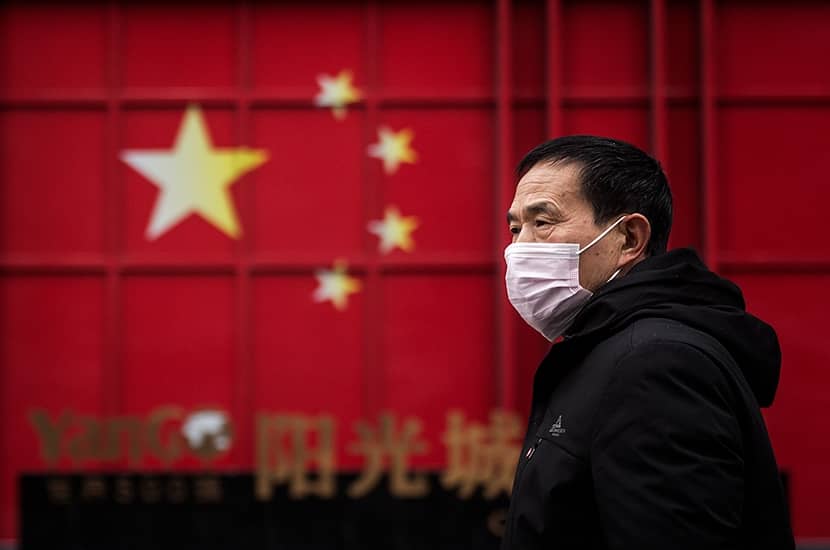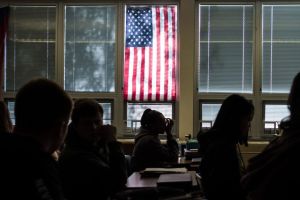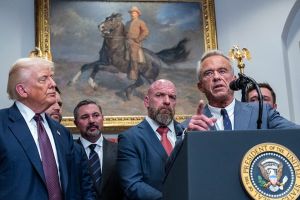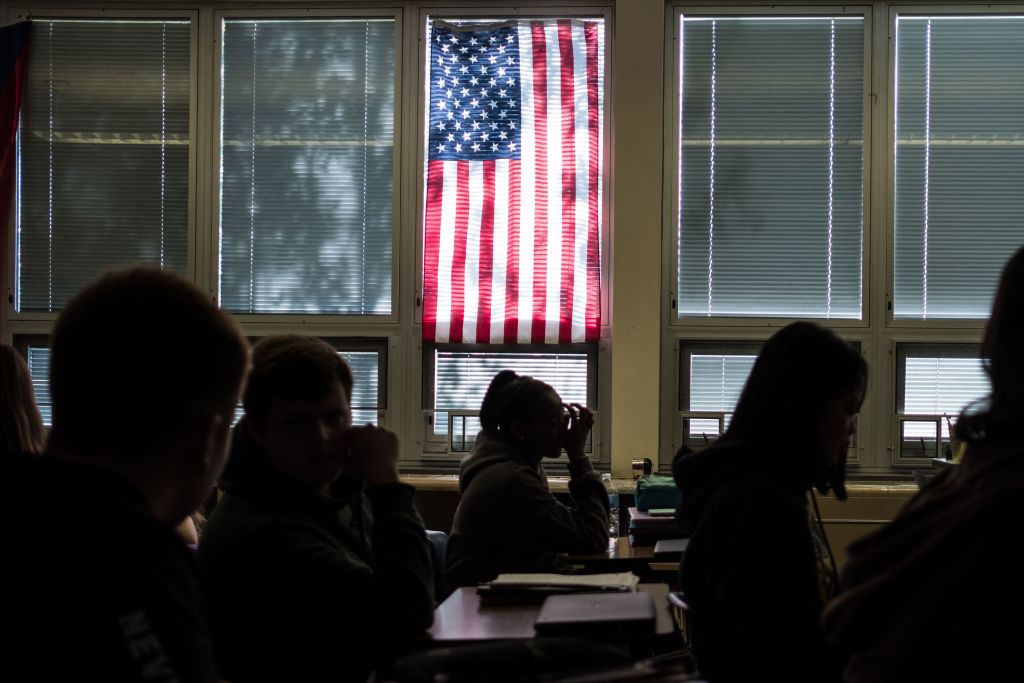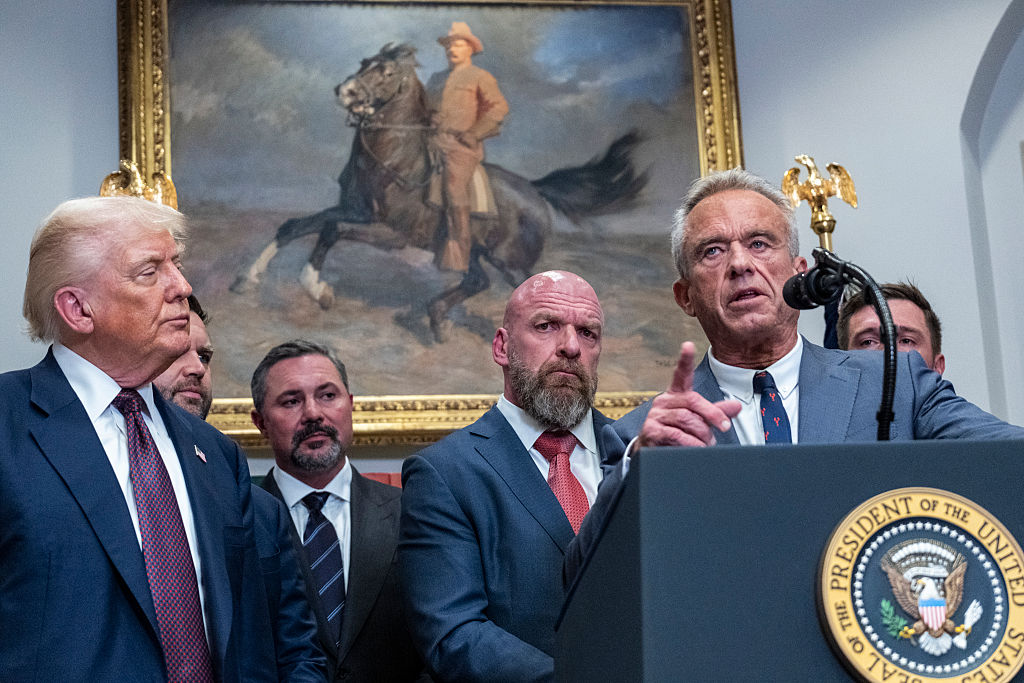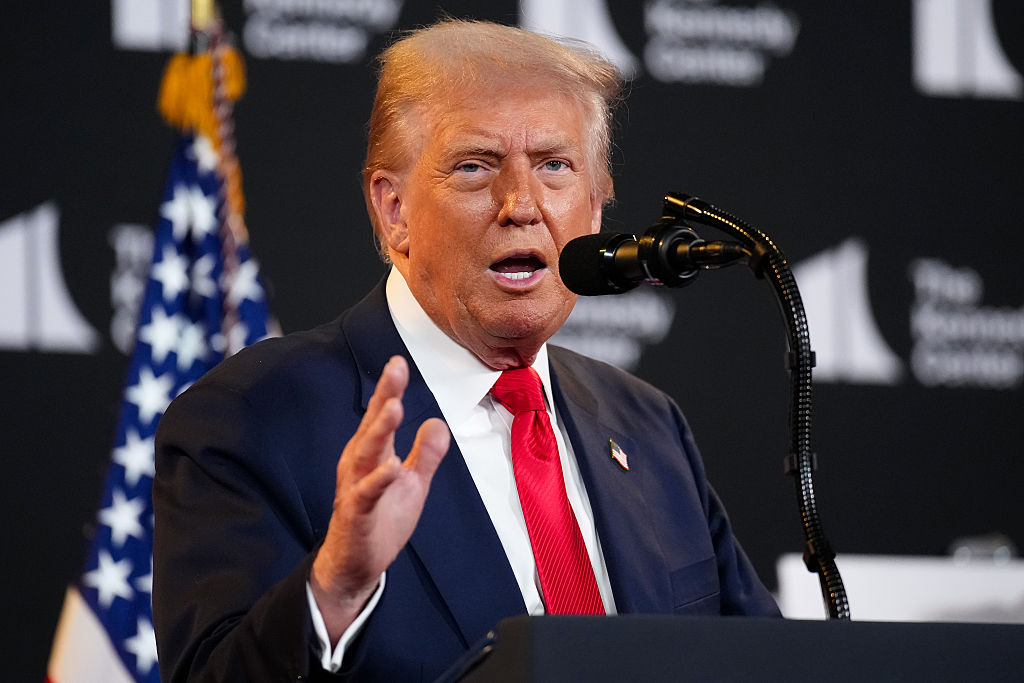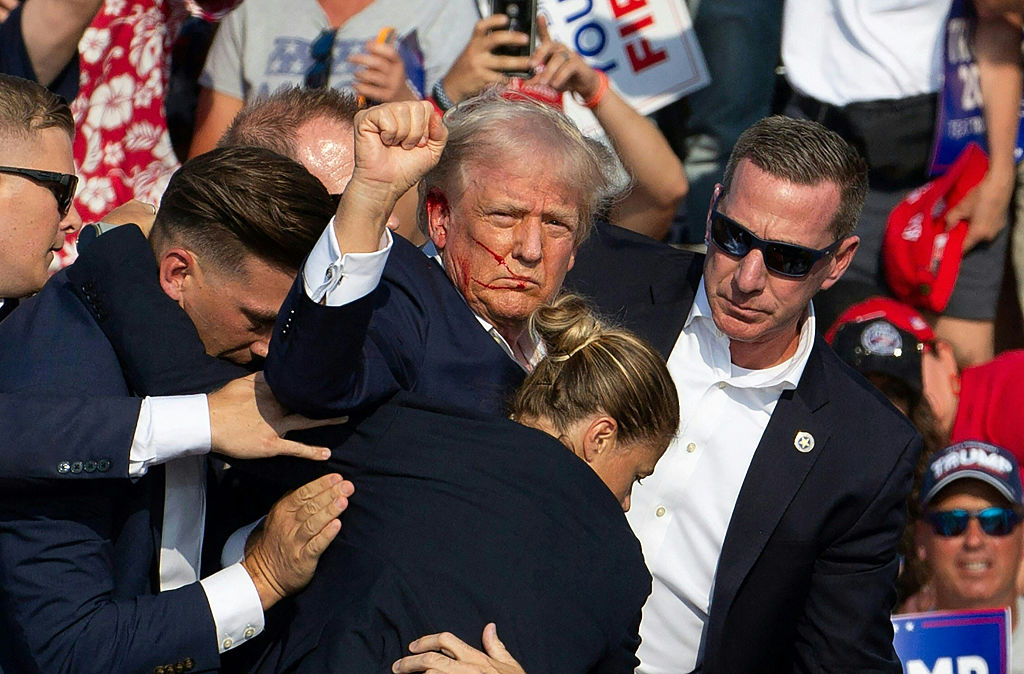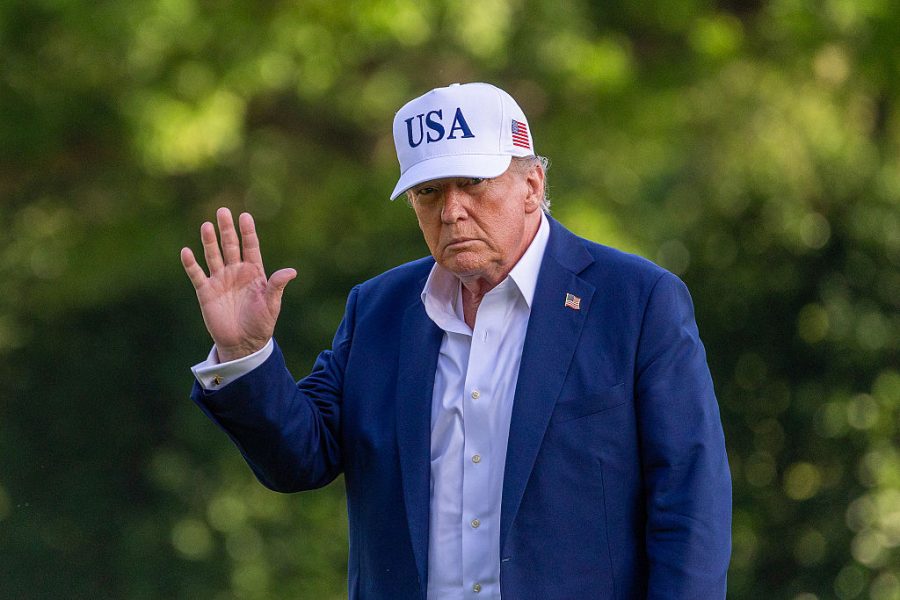Two years in, there is no doubt the Covid pandemic began in the Chinese city of Wuhan. But there is also little doubt that the bat carrying the progenitor of the virus lived somewhere else.
Central to the mystery of Covid’s origin is how a virus normally found in horseshoe bats in caves in the far south of China or southeast Asia turned up in a city a thousand miles north. New evidence suggests that part of the answer might lie in Laos.
The search for viruses closely related to SARS-CoV-2 took a new turn in September when a team of French and Laotian scientists found one in a horseshoe bat living in a cave in the west Laotian province of Vientiane. Other related viruses had been found in Cambodia, Thailand, Japan and elsewhere in China, but this one, Banal-52, was different. For the first time since the pandemic began, this was a virus genetically closer to the human SARS-CoV-2 virus than one called RaTG13, collected in southern Yunnan in 2013. RaTG13, which had been stored for six years in a freezer in a lab in Wuhan itself, is genetically 96.1 percent the same as SARS-CoV-2; Laos’s Banal-52 is 96.8 percent.
The discovery of Banal-52 was greeted with relief by champions of the theory that the virus must have jumped into people in a natural spillover event, not an accident inside a laboratory. If Covid’s closest cousins are flitting about in bats in southeast Asia, then that sample in the freezer in Wuhan looks less suspicious. ‘I am more convinced than ever that SARS-CoV-2 has a natural origin,’ said Linfa Wang of Duke-NUS Medical School in Singapore, a close collaborator of the Wuhan scientists.
True, the Laos virus lacked a critical feature in a key part of a key gene that makes Covid so infectious: a special twelve-letter segment of genetic text called a furin cleavage site. It’s a feature that has never been seen in a SARS-like virus, except for SARS-CoV-2. Apart from that, it seemed that the Laotian virus might have knocked the burden of proof back across the philosophical net into the court of the proponents of lab-leak.
Then last month a bunch of emails, uncovered by a lawsuit from the so-called White Coat Waste Project, returned the ball right back over the net. They comprised an exchange between the American virus-hunting foundation, the EcoHealth Alliance and its funders in the US government. The scientists discussed collecting viruses from bats in eight countries including Burma, Vietnam, Cambodia and Laos between 2016 and 2019. But to avoid the complication of signing up local subcontractors to their grants in those countries, they promised to send the samples to a laboratory they already funded. And where was this lab? Wuhan.
Some of the emails talk about sending data, not samples; but some talk repeatedly about sending actual samples. “All samples collected would be tested at the Wuhan Institute of Virology,” reads one from 2016. Another in 2018 even talks of sending bats themselves. The emails make it clear that Wuhan scientists would sometimes be working in the field alongside their US colleagues.
Remember the central issue is how a bat virus got to Wuhan. So now, in both Yunnan and Laos, the only people who knowingly transported bat virus samples to Wuhan — and only to Wuhan — were scientists. Gilles Demaneuf, a New Zealand-based data scientist who’s been analyzing this issue, says the natural spillover theory has “no explanation for why this would result in an outbreak in Wuhan of all places, and nowhere else.”
As for that missing furin cleavage site, another leaked document revealed in September by Drastic, a confederation of open-source analysts like Demaneuf, sent shock- waves through the scientific community. Dr. Peter Daszak, head of the EcoHealth Alliance, spelled out plans to work with his collaborators in Wuhan and elsewhere to artificially insert novel, rare cleavage sites into novel SARS-like coronaviruses collected in the field, so as to better understand the biological function of cleavage sites. His 2018 request for $14.2 million from the Pentagon to do this was turned down amid uneasiness that it was too risky; but the very fact that he was proposing it was alarming.
Most of the funding for the Wuhan Institute of Virology comes from the Chinese not the American government, after all; so the failure to win the US grant may not have prevented the work being done. Moreover, exactly such an experiment had already been done with a different kind of coronavirus by — guess who? — the Wuhan Institute of Virology.
It is almost beyond belief that Dr. Daszak had not volunteered this critical information. He played a leading role in trying to dismiss the lab-leak idea as a “conspiracy theory,” using his membership of the WHO-China investigation to support the far-fetched theory that the virus reached Wuhan on frozen food.
If the trail to the source of the pandemic leads through Laos, it is possible western countries can find out more. The Chinese government has blocked anybody who tries to get near to the mineshaft in Yunnan where RaTG13 was found. But now that we know the US government was funding virus sampling in Laos, the EcoHealth Alliance should be required to report in full on exactly what was found. Saying “Oh, that data belongs to the Chinese now” is not good enough. American taxpayers funded the work. Belatedly, the US National Institutes of Health has requested more information.
The Wuhan Institute had a database of 22,257 samples, mostly from bats, but took it offline on September 12, 2019, supposedly because somebody was trying to hack into it. The lab has published few details of viruses collected after 2015, so details of any found in Laos since then are presumably in that database. Dr. Daszak says he knows what’s there and it’s of no relevance. Yet he refused even to request that the Wuhan Institute release it, despite his close relationship with the scientists in question.
But even finding relevant viruses in Laos still won’t answer the question of how they got loose in Wuhan. And with the continuing failure to find any evidence of infected animals for sale in Chinese markets, the astonishing truth remains this: the outbreak happened in a city with the world’s largest research program on bat-borne coronaviruses, whose scientists had gone to at least two places where these SARS-CoV-2-like viruses live, and brought them back to Wuhan — and to nowhere else.
Matt Ridley and Alina Chan’s Viral: the Search for the Origin of Covid-19 is out now. This article was originally published in The Spectator’s UK magazine. Subscribe to the World edition here.



